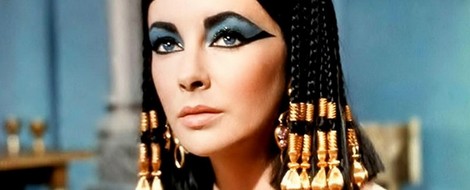Your podcast discovery platform
Curious minds select the most fascinating podcasts from around the world. Discover hand-piqd audio recommendations on your favorite topics.

piqer for: Climate and Environment Globalization and politics Health and Sanity
Mona Silavi is a human and women’s rights activist from the Ahwaz region in Iran. She obtained her bachelor in psychology and specialized in children and adolescence psychology at Damascus University, faculty of psychology and education. She holds a master degree in good governance and human rights in MENA region from Ca’ Foscari University in Venice. She started her activism in Damascus as member of Ahwazi Arab student association. Mona Silavi is a Project Officer at the Unrepresented Nations and Peoples Organization (UNPO) and is the coordinator for topics concerning freedom of religion and belief. She is also a spokesperson of the Al-Ahwaz Democratic Solidarity Party (DSPA). Since 2014 Ms Silavi lives in Belgium as a political refugee
The History Of Cosmetics, From Egypt To Max Factor
Global sales of cosmetics are now estimated to be 170 billion dollars a year: 60 billion in Europe, 40 billion in the United States, 10 billion in Africa, and 60 billion in Australia and Asia combined. Western countries spend the most on cosmetics per person.
However, was the use of cosmetics always this widespread, or was it limited to specific class and period?
Cosmetics have a rich and lengthy history that spans the globe and crosses cultures. From 10,000 B.C ancient Egypt to the 20th century, people have been using cosmetics to enhance their looks.
Enhancing the look is the key element — when the mirror was invented, people became more preoccupied with their appearance.
The oldest known birthplace of makeup is Egypt, 10,000 B.C. Moisturisers were one of the first cosmetics that were invented to make life more comfortable in the dry climate.
4000 years later, the first eyeliners were made from ashes of almonds. Maybe this is how we remember Cleopatra's eyes.
In Egypt, women and men were using lipstick made of seaweed. Cleopatra was using crushed carmine beetles and ground ants to obtain red lips.
Sometimes those natural cosmetics had unintended side effects or benefits!
Using coal around the eye had an anti-bacterial effect, but using other dangerous materials as cosmetics was costing people their lives!
In 3000 B.C., Chinese people invented a nail polish — royals were using deep clear colours, and less bright colours were for the rest of the population.
In Mesopotamia, people were using spice for perfumes, coal for eyes, and henna for nails.
Coming to Europe during the Roman empire, women were using animal fat and blood to polish their nails.
With the collapse of the Roman empire, the cosmetics vanished from Europe; it stayed that way until the Crusaders brought perfume and cosmetics back to Europe from the Middle East.
The history of cosmetics gets even more interesting in Europe. Listen and enjoy this funny yet informative podcast.
